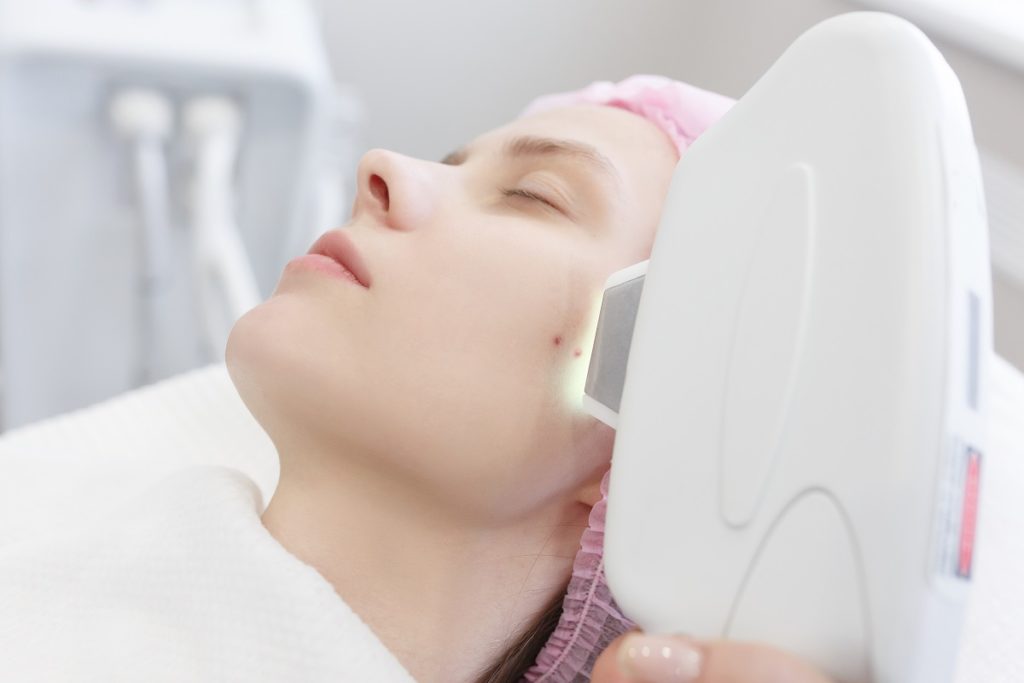With the advent of social media, we have become more interested in cosmetic procedures than ever before. However, despite this, more and more people are turning their backs on surgery for treatments that do not require them to go under the knife.
There are several advantages to undergoing a non-surgical face lift in Buckinghamshire over traditional options. Firstly, there are fewer risks and less pain is involved. Secondly, these treatments are non invasive and do not require hospital visits for recovery.
So what can you expect from a face lift that veers from more conventional surgeries? And what treatments are classified under the umbrella term ‘non-surgical face lift’.
Defining non-surgical facelift Buckinghamshire
As previously mentioned, a non-surgical facelift typically encompasses more than one treatment to several areas of the face. The procedures you undergo are generally under the advisement of a certified practitioner, who will customise a treatment programme bespoke to your needs.

What are the most common types of treatments for beauty?
While ageing is inevitable, there are ways you can slow down the process or reduce the symptoms that reveal your age, namely wrinkles, stretchy skin, thin lips, and a face that lacks volume, but to name a few.
There are a variety of options that will help you look your best.
- Ultherapy
Ultherapy is an FDA-approved procedure that tightens and lifts the skin from below the surface using micro focused ultrasound energy.
A practitioner will deliver the right amount of energy to the correct depths using visualisation, to the deep layers of the skin, while bypassing the upper layers that do not need addressing.
- Fillers
Fillers are injected into specific regions of the face, such as the naso-labial folds, Marionette lines, chin creases and more. Whichever part of the face you think needs improvement, fillers can help repair the damage caused by ageing and an unhealthy lifestyle.
Dermal fillers are made from several different products. However, hyaluronic acid is commonly used because it is semi-permanent, safe to implement and naturally produced by the body anyway.
- Chemical Peels
The purpose of a peel is to resurface the skin. While it can be used to reduce wrinkles and other signs of ageing, it is also useful in treating acne and scarring.
Chemical peels work by applying a chemical solution to the face to remove the top layers. Because of this, your skin will blister in the days that follow your treatment. This is something to bear in mind if you are considering chemical peels, because you may need to take a day or two from work or daily activities to recover, rest and stay out of the sun.
How long will these treatments last?
The key to maintaining your refreshed, new look is maintenance because unfortunately, the effects of treatment diminish after some time has passed.
With non-surgical procedures, you will need to book regular appointments to keep up the desired results.
Your practitioner will advise you about your follow-up session. However, you will be able to tell yourself when the treatments are wearing off.
For some treatments, like fillers, the more frequently you inject your skin, the less you will need over time.

